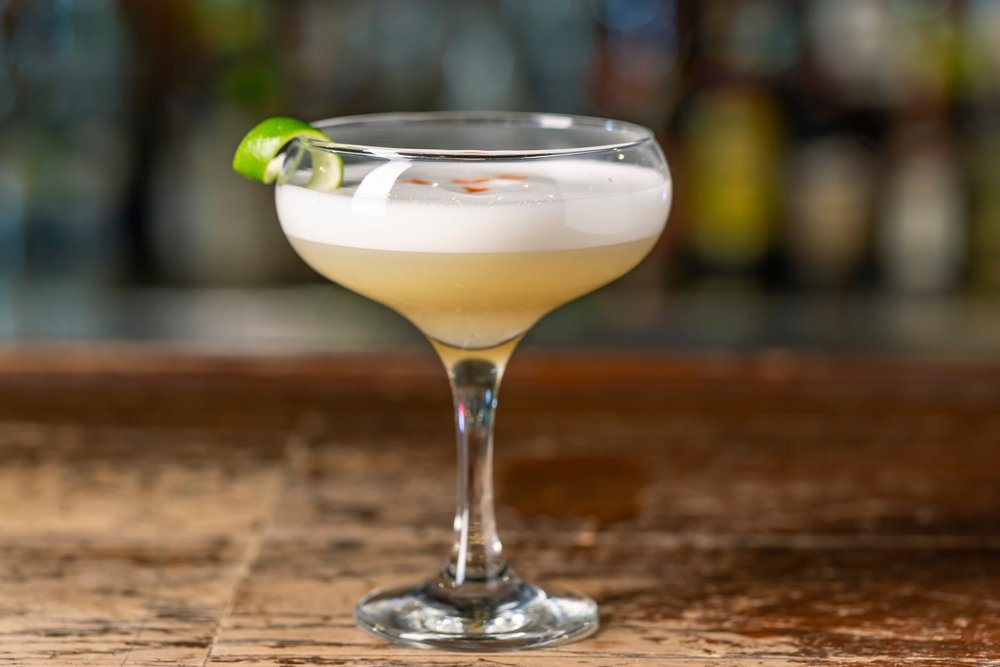
While pisco has a long history in Peru, the story of the Pisco Sour begins in the early 20th century. By this time, Lima had become a bustling cosmopolitan city, a cultural crossroads where locals mixed with British engineers, American expats and travelers from around the world. It was against this background that Lima-based American bartender Victor Vaughen Morris opened Morris Bar.
Morris began experimenting with pisco, mixing it with sweeteners and citrus to create a rich, refreshing drink that appealed to his international clientele. The earliest versions of the pisco sour were simpler than the cocktail we know today. Eventually, as the flavors evolved, bartenders added egg whites to achieve the drink’s silky foam today, while a few drops of Angostura bitters on top added aromatic complexity. By the 1920s and 1930s, this refined version of the pisco sour had become Lima’s signature cocktail.
Since then, the Pisco Sour’s popularity has soared far beyond Peruvian borders. However common it has become, Peruvians firmly believe that the most authentic pisco sour can only be truly tasted at home, where the pisco and lime are fresh and the technique is carefully honed. And the national sentiment surrounding the drink is palpable.
National pride in a glass: the symbol of the pisco sour
Peru officially recognizes the importance of Pisco Sour and has a special day dedicated to it. The first Saturday in February is known as the “Día del Pisco Sour” – a festival of national pride and gastronomy. On this day, bars and restaurants across the country host wine tastings, offer discounts, and create creative variations on classics. It’s a time when the country collectively raises a glass to celebrate its heritage, reminding the world that this drink is more than just a mix of spirits and mixers. It is a liquid cultural heritage.
For Peruvians, the Pisco Sour embodies the resilience, originality and diversity of their cuisine. It is a dialogue between land and people, a story told through grapes adapted to the Peruvian climate, limes grown in fertile valleys, and cocktails filled with artistry and soul. It represents how Peru embraces tradition while also welcoming new influences, allowing its cuisine and cocktails to continue to evolve

